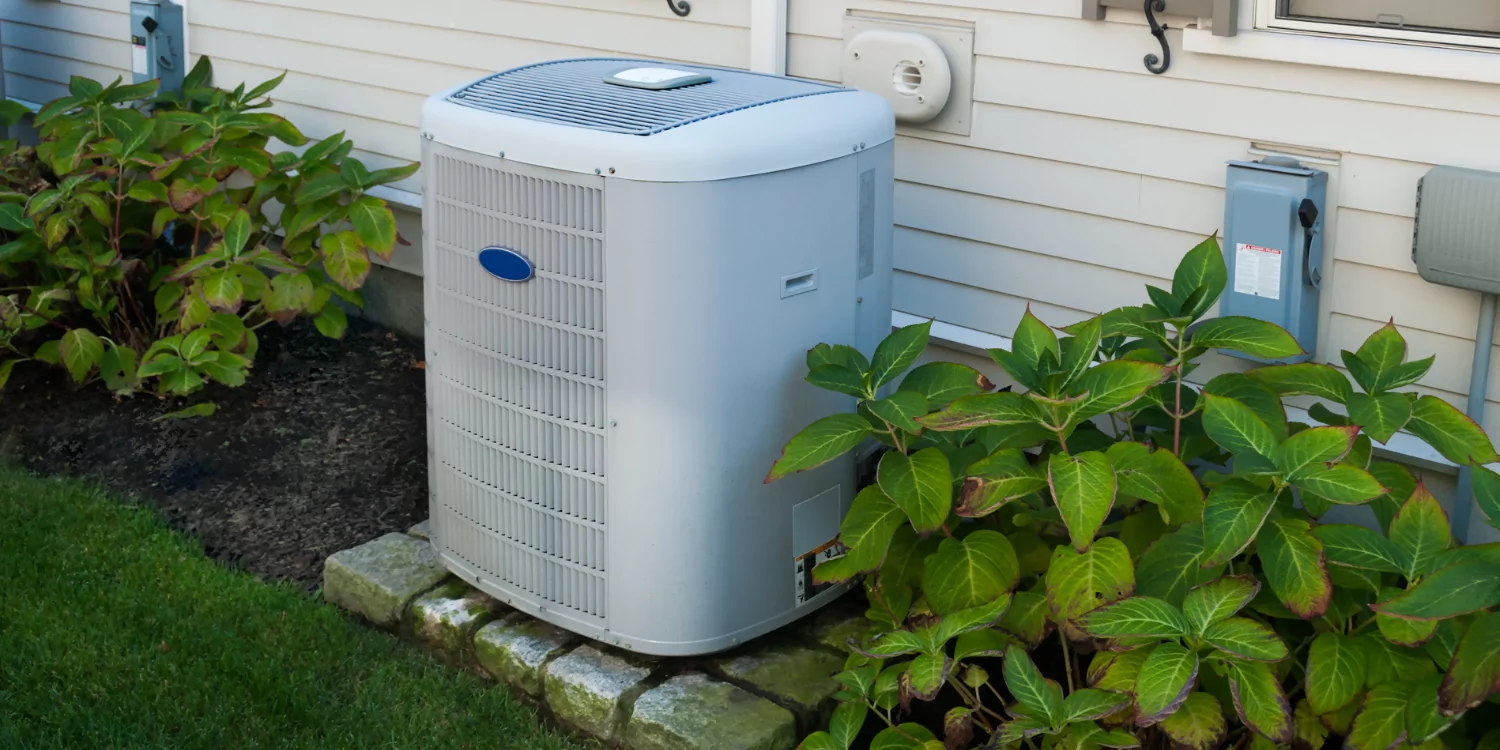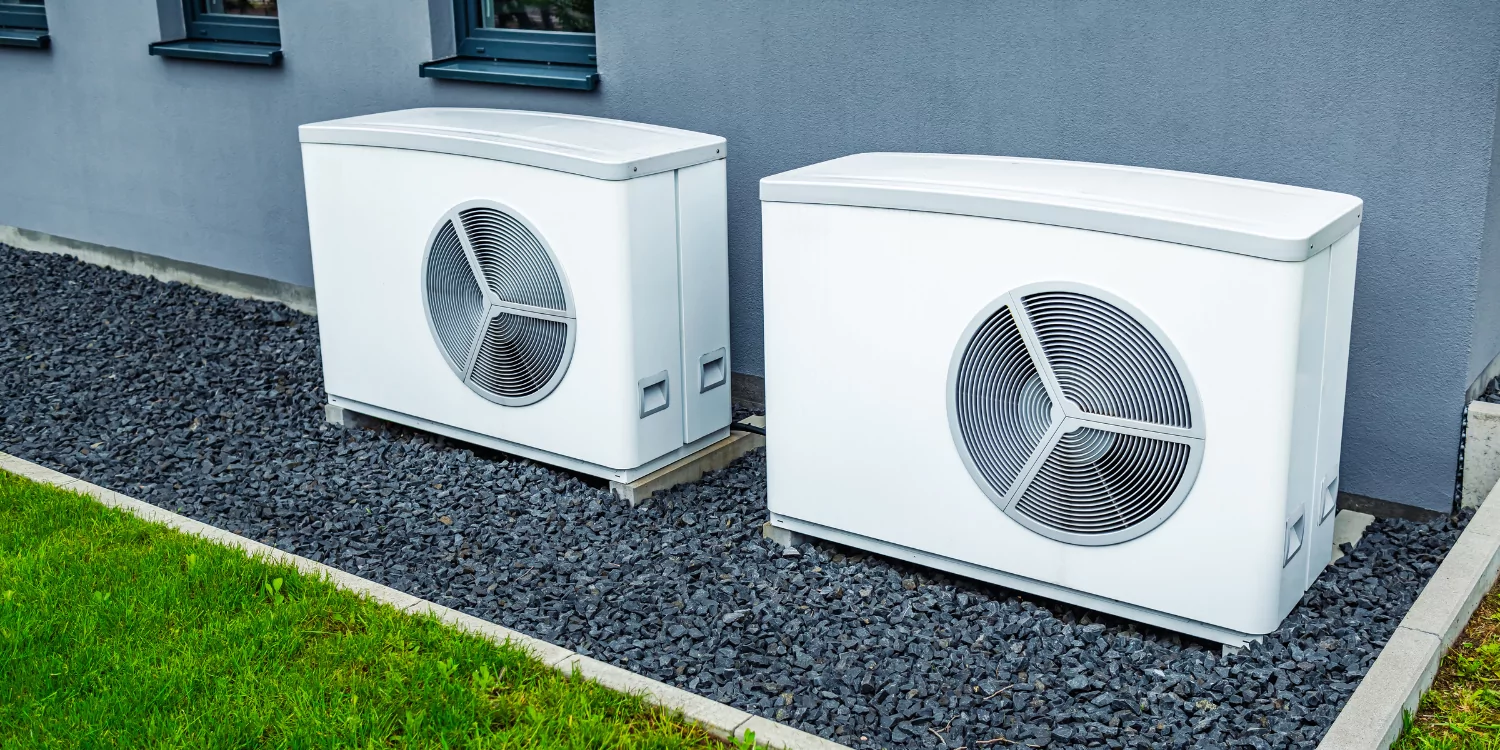
Is your AC, heat pump, or dehumidifier not working as efficiently as it used to? Understanding the cooling cycle is key to identifying problems and ensuring your home remains comfortable, especially during those sweltering summer days. Here’s what you need to know about diagnosing cooling cycle issues and the crucial steps to take.
Recognizing the Early Signs of Trouble
Your cooling systems give off subtle hints when they’re not performing optimally. Some symptoms to watch for include:
- Inconsistent cooling or prolonged operation.
- Icing or frost accumulation on the device.
- Strange noises, like hissing, which might hint at a refrigerant leak.
Being vigilant and recognizing these signs early can prevent further complications and expenses.
The Science Behind the Cooling Cycle and Home Comfort
Every cooling device operates on a fundamental principle: the cooling cycle. In a simplified version, the cooling cycle involves converting a refrigerant between its gas and liquid states, extracting heat from the interior and releasing it outside. This continuous transfer of heat is what keeps our homes cool and comfortable.
When there’s a glitch in this process—be it due to refrigerant leaks, compressor issues, or evaporator coil malfunctions—the balance is disrupted. The result? Uneven cooling, increased humidity, and an uncomfortable living environment.

HVAC Appliances That Rely on Cooling Cycles
Many HVAC appliances depend on this mechanism to maintain optimal temperature and humidity levels. Here’s a brief look at them:
- Air Conditioners: Extracts heat from indoors and releases it outside to maintain a cool and comfortable environment.
- Heat Pumps: Dual-purpose systems that can extract heat from inside during summers and reverse the process during winters, offering year-round comfort.
- Dehumidifiers: Reduces indoor humidity by chilling incoming air, allowing moisture to condense on cold coils, and then reheating the dried air before circulation.
The Role of Refrigerants and Their Issues
Refrigerants are vital for the cooling cycle. But if there’s a minor leak, it can significantly hinder your device’s performance. Contrary to popular belief, recharging refrigerants isn’t about “topping off”. A recharge is necessary only after detecting and rectifying a leak.
Why DIY Isn’t the Answer
You might be tempted to handle minor issues on your own, but when it comes to refrigerants, professional intervention is non-negotiable. An HVAC technician will:
- Thoroughly diagnose the root cause of the cooling issue.
- Detect any refrigerant leaks and repair them.
- Properly recharge the refrigerant to match the manufacturer’s recommendations.
Missteps in handling refrigerants can lead to further issues and even compromise the health and safety of inhabitants.
Maintenance: Your HVAC System’s (And Wallet’s) Best Friend
Scheduling regular maintenance checks by professionals ensures your cooling systems operate efficiently. By catching potential refrigerant leaks or other malfunctions early on, you not only save on repair costs but also extend your system’s lifespan.
Contact Your Local ClimateCare to Start a Maintenance Routine Today
Experiencing cooling cycle issues? Don’t let the problem escalate. Reach out to a trusted HVAC technician through our network and ensure your home stays cool and comfortable all year round. Find your local ClimateCare today!




